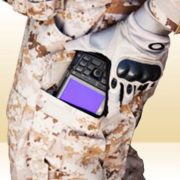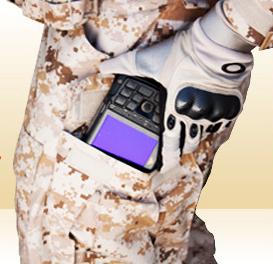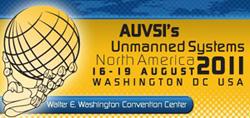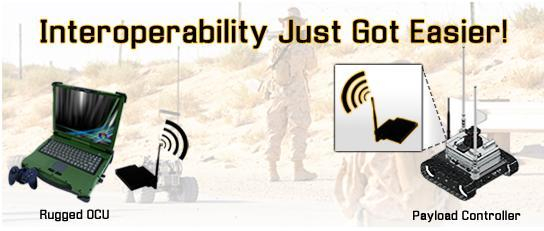 One of the hottest topics in the unmanned systems community is civilian applications. As Smithsonian.com reports in Drones Ready for Takeoff:
One of the hottest topics in the unmanned systems community is civilian applications. As Smithsonian.com reports in Drones Ready for Takeoff:
“The potential seems limitless—handling routine monitoring of pipelines and power lines, for instance, or gathering geomagnetic data about natural resources (a job that entails flying hundreds of miles in a straight line, at low altitude, then moving 50 yards over and flying straight back). Drones could help farmers monitor crops in distant fields, allow real estate developers to perform simple construction jobs in remote or difficult locations or enable environmentalists to spot polluters.”








 emphasis placed on acquisition of Commercial Off The Shelf (COTS) products by the Department of Defense (DoD). In the past, COTS constituted a few percent of all items purchased by the DoD. While the overall amount is still low, some weapon systems are composed by as much as 50% of COTS. What are the good, the bad and the ugly about COTS?
emphasis placed on acquisition of Commercial Off The Shelf (COTS) products by the Department of Defense (DoD). In the past, COTS constituted a few percent of all items purchased by the DoD. While the overall amount is still low, some weapon systems are composed by as much as 50% of COTS. What are the good, the bad and the ugly about COTS? time; vibrate it all day for days at a time; subject it to altitude variations of 0 to 10,000 feet; operate it in temperatures reaching 130 degrees Fahrenheit; virtually soak the laptop in water for two days; expose it to humidity of 95 percent for prolonged periods. While this may seem like a specially designed test to force a laptop to fail, the truth is that this was an actual situation.”
time; vibrate it all day for days at a time; subject it to altitude variations of 0 to 10,000 feet; operate it in temperatures reaching 130 degrees Fahrenheit; virtually soak the laptop in water for two days; expose it to humidity of 95 percent for prolonged periods. While this may seem like a specially designed test to force a laptop to fail, the truth is that this was an actual situation.” They are surrounded by powerful electromagnetic interference (EMI) generated by radios, radar, microwave transmitters, other computers, and a wide assortment of electronic equipment. Battlefield computers have to contend with an exceptional level of interference created by military-specific items, such as IED jammers. Of course, EMI protection has grown in importance with the adoption of net-centric warfare doctrine.
They are surrounded by powerful electromagnetic interference (EMI) generated by radios, radar, microwave transmitters, other computers, and a wide assortment of electronic equipment. Battlefield computers have to contend with an exceptional level of interference created by military-specific items, such as IED jammers. Of course, EMI protection has grown in importance with the adoption of net-centric warfare doctrine. small part of the Total Cost of Ownership (TCO). Platform support, customization, integration, connectivity, and inadequate durability may make your “bargain” very expensive. Will your rugged computer be good for your ROI five or ten years from now or just for today?
small part of the Total Cost of Ownership (TCO). Platform support, customization, integration, connectivity, and inadequate durability may make your “bargain” very expensive. Will your rugged computer be good for your ROI five or ten years from now or just for today?

